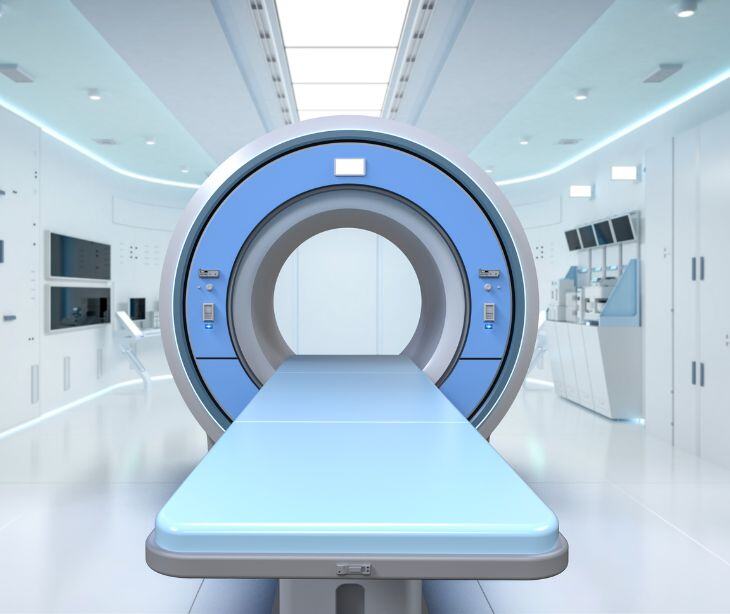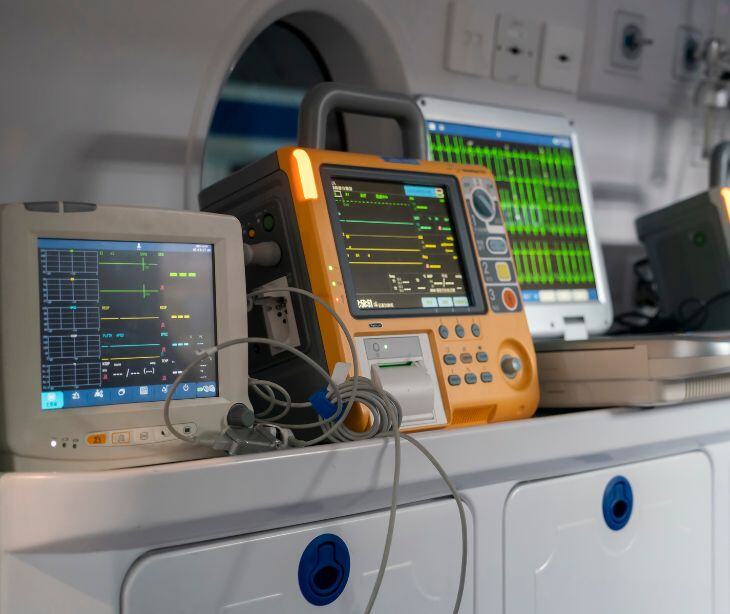
As modern medical devices evolve in sophistication, they also pose new risks to patients, hospitals, and healthcare organizations. The FDA has called for a bill of materials to keep medical devices a step ahead of cybersecurity vulnerabilities. The aim is to have manufacturers disclose other vendors’ software that may be a part of their software or firmware. This would give healthcare IT security staff more control over software vulnerabilities in medical devices.
Minimizing risk between users and manufacturers
Organizations are often unaware that the software or firmware they’re purchasing has software embedded in it from another manufacturer. The FDA’s bill of materials informs users about vulnerabilities and patches issued from vendors. Risk mitigation controls can also be set up on the medical device until the patch is available. Currently, manufacturers are responsible for reporting vulnerabilities to the Common Vulnerabilities and Exposure (CVE) report . If it doesn’t affect the product or if the report is not reviewed, end users can be left in the dark about the risk to the software. The bill of materials encourages users to be alert to CVEs from manufacturers.
IT challenges for the medical industry
Ironically, more opportunities for a breach have arisen in the implementation of the bill. While it demands that manufacturers disclose any software partners when submitting a medical device to the FDA for approval, the early disclosure of software partners can become useless when devices are dropped for better solutions. And since the medical device’s manufacturer is not always present at each hospital, remote updates can introduce vulnerabilities for attackers to exploit. CIOs and CISOs will need to maintain a secure network while opening entry points for manufacturers’ updates. Sealing devices in a cryptographic tunnel may work in combination with network security vendors who can provide a hardware root of trust, zero trust networks, and layer 2 over layer 3 encryption.
Conclusion
Managing the cybersecurity of medical devices will require more planning to secure each shared connection and prevent attackers from stealing patient data. Organizations will have to take a proactive approach to attacks, instead of only focusing on critical vulnerabilities as they happen.
Subscribe to Paubox Weekly
Every Friday we'll bring you the most important news from Paubox. Our aim is to make you smarter, faster.



